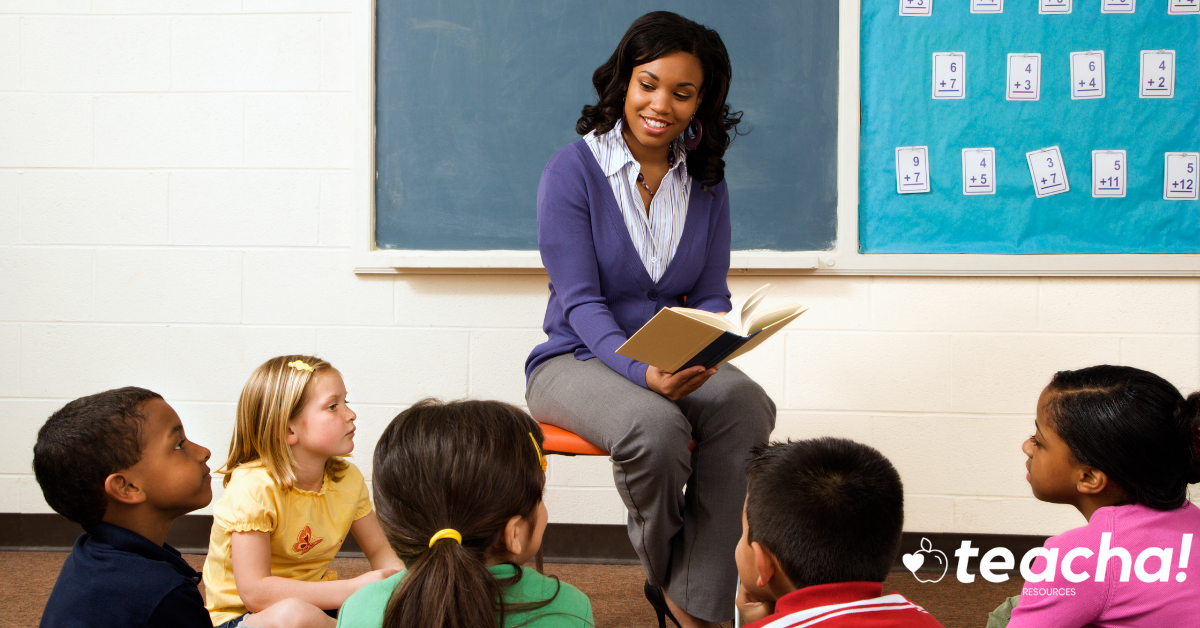In this day and age where technology seems to be surpassing all, it is vital that we do not forget about good old “reading aloud”. Many of us have fond memories of the last few minutes before the end of a school day – your teacher reading a chapter or two out of a fantastic book and the class not making a peep as you are lost in the story!
While it remains true that education is also impacted by the fast worldwide technological developments and should by no means stay stuck in the past, there are a few very basic principles and activities which will never change. Reading aloud in class is one of these core educational activities. Allow me to point out why:
- By reading aloud, reading skills are modelled
When a teacher or adult reads to learners, they provide an opportunity for students to see and hear skilled reading behaviours. Through this high level scaffolding, students begin to imitate and internalise the modelled reading strategies. This pertains especially to reading comprehension.
- By reading aloud, vocabulary development is supported
Reading fiction and non-fiction will provide many opportunities for expanding a child’s vocabulary. Good vocabulary supports reading comprehension.
- By reading aloud, listening & attention skills are developed
Due to the enormous amount of visual input, many learners have insufficient listening skills. Additionally, they find it difficult to visualize auditory information and struggle to make a mental picture. This has a significant impact on reading comprehension.
- By reading aloud, critical thinking and creativity are stimulated
When reading a story, the teacher can actively engage in eliciting critical thinking. “Creativity is now as important in education as literacy” is a quote that educators often hear. How this is done, however, is not always very clear. A simple read aloud will provide ample opportunities for thinking further than just the text; in other words, being creative. For example, asking your learners: “What do you think will happen next?” or “What if….?”
- By reading aloud, positive responses to reading are nurtured
Learners’ responses to reading is strongly linked to motivation. Many children experience reading as effortful and difficult, they see little purpose in it and they get no pleasure from it. What’s the point of reading if all they do is say words aloud when a teacher points to them on a chalkboard? This may cause a negative response to reading that can affect them for the rest of their lives. By reading engaging and interesting books, positive responses are encouraged. As Frank Serafini famously stated, “There is no such thing as a child that hates to read; there are only children who have not found the right book.”.
- By reading aloud, a culture of reading is cultivated
Teachers can create a culture of reading at their schools so that on a daily basis children can see that reading is important, that books are valued and that learning about the world through books is a normal part of learning.
When you want to be a teacher who uses every possible opportunity to develop good readers, reading aloud should be your first choice when you have a few minutes at hand.
READ FURTHER
https://teach.its.uiowa.edu/sites/teach.its.uiowa.edu/files/docs/docs/What_are_the_Benefits_of_Reading_Aloud_ed.pdf
http://resep.sun.ac.za/wp-content/uploads/2017/10/RESEPp_Zenex-Teaching-ReadingWriting_Email.pdf
https://www.education.vic.gov.au/school/teachers/teachingresources/discipline/english/literacy/readingviewing/Pages/teachingpracmodelled.aspx#link77



